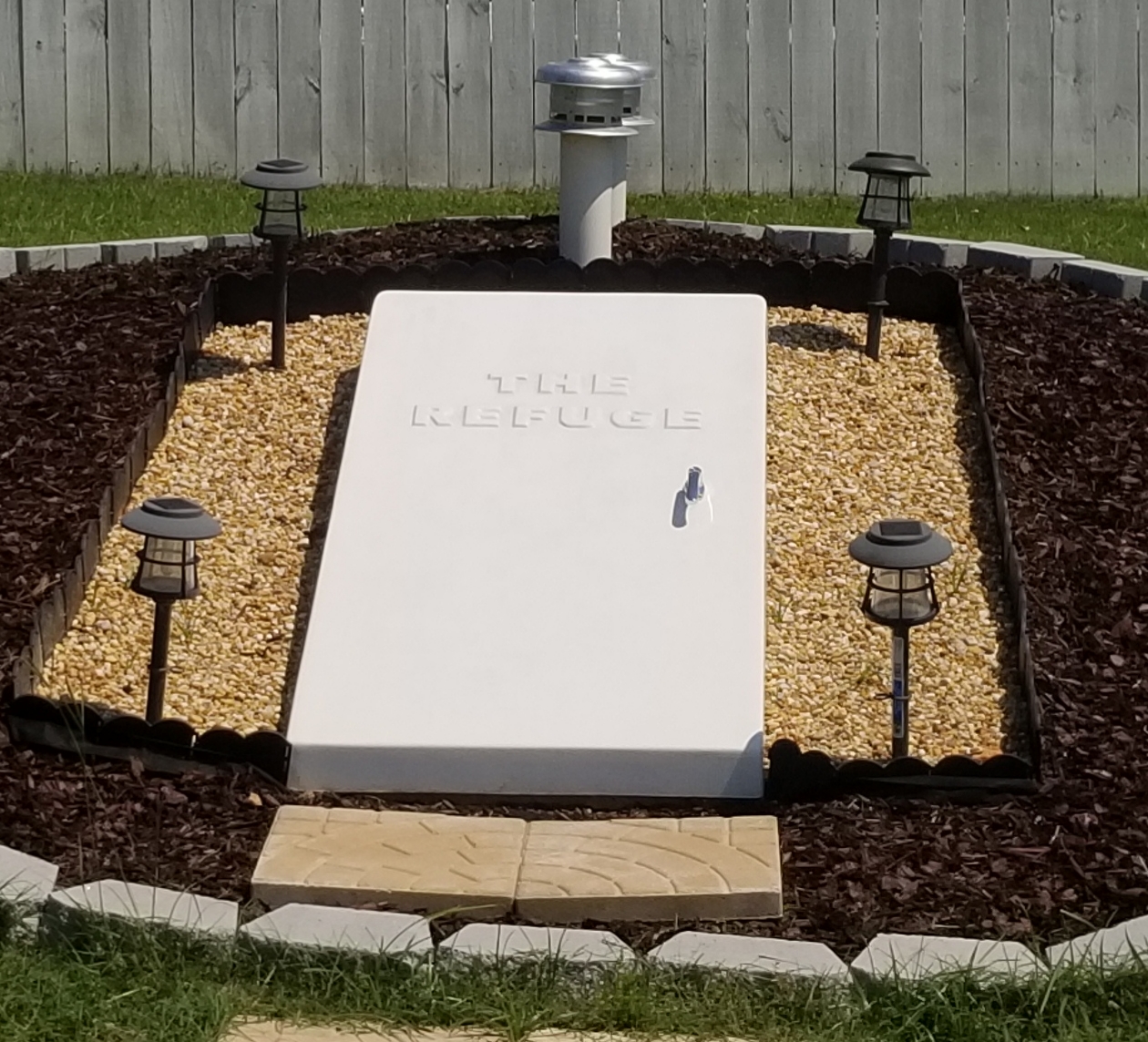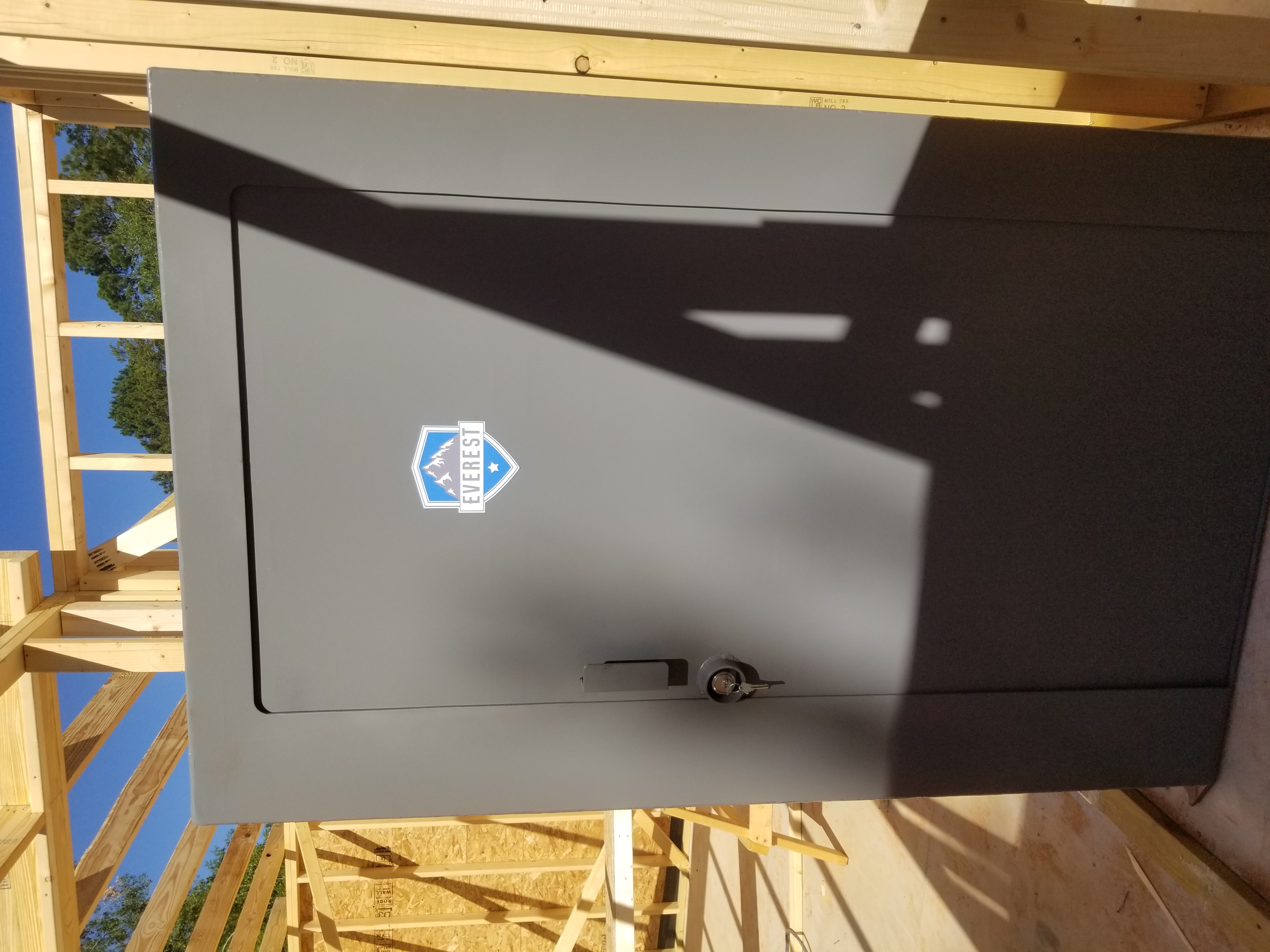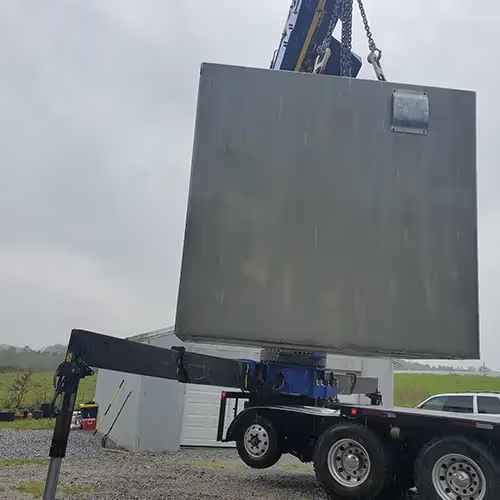Concrete Above Ground Tornado Shelters: The Reliable Choice for Families


Have you ever worried about where your family would go if a tornado struck with little warning? It’s a thought that crosses the mind of many homeowners, especially those living in areas prone to severe storms. When the wind picks up and the sky darkens, knowing you have a secure place to go can make all the difference.
That’s where concrete tornado shelters and above ground storm shelters come in. Unlike underground options, these residential storm safety shelters are built for both accessibility and strength, giving you and your loved ones peace of mind without the hassle of going below ground. They’re becoming a preferred choice for family tornado protection, offering dependable safety that’s easy to reach and built to last.
Choosing the right shelter isn’t just about safety—it’s about making a long-term investment in your home and family’s well-being. Reinforced concrete safe rooms stand out for their durability, minimal maintenance, and ability to withstand extreme weather while still fitting seamlessly into your property.
In this article, you’ll learn what makes above ground tornado bunker systems a reliable choice, how they compare to traditional underground types, and what to consider before tornado shelter installation. By the end, you’ll know exactly how to choose the best home tornado safety solutions for lasting family protection.
How Concrete Tornado Shelters Became a Modern Safety Standard
Concrete storm shelters for sale have evolved significantly over the years. Decades ago, families relied on simple underground storm cellars—small, reinforced spaces dug into the ground to offer refuge during tornadoes. Although effective, these older shelters often faced issues like flooding, poor ventilation, and limited space. As building materials and technology advanced, prefabricated tornado shelters and custom built storm shelters became safer, easier to maintain, and more practical for modern homeowners.
Today’s above ground concrete tornado shelters are designed using reinforced storm protection methods, featuring thick, steel-reinforced concrete walls that meet or exceed FEMA approved tornado shelters standards. Unlike underground shelters, these are installed at ground level or slightly raised, offering easy accessibility for children, the elderly, or anyone with mobility challenges.
Modern tornado shelter companies now specialize in durable tornado protection systems that are both strong and accessible. In fact, advanced engineering and tornado shelter design improvements have made these shelters capable of withstanding the impact of EF5 tornadoes.
Homeowners, schools, and community centers across the country are turning to concrete disaster shelters for their unmatched reliability and convenience. With minimal maintenance, strong anchoring systems, and proven performance in real-world tornadoes, they’ve become the gold standard in residential storm safety shelters for modern families.
What Makes Concrete Above Ground Tornado Shelters So Reliable
When it comes to tornado safety for families, reliability is key. Concrete above ground tornado shelters stand out because they combine strength, accessibility, and engineering precision into one system. Built using the best materials for tornado shelters, they can endure high wind speeds and flying debris without compromising safety.
Their reliability is based on several key features:
- Reinforced Concrete Construction – Built with steel rebar that meets storm shelter building codes and FEMA-approved guidelines.
- Anchoring Systems – Heavy-duty anchors firmly secure the shelter to a concrete slab or foundation.
- Impact-Resistant Design – Tested to withstand debris traveling over 200 mph.
- Accessibility and Comfort – Ideal for families with elderly or disabled members.
- Low Maintenance Requirements – Concrete safe rooms for houses require little upkeep over time.
These shelters offer a quick, easy refuge during emergencies. Unlike underground shelters, they stay dry, well-ventilated, and accessible. For those wanting more insights on the design and safety aspects, explore this guide on above ground tornado shelter safety.
Families gain reliable storm protection without the downsides of moisture, cramped spaces, or long maintenance routines. In short, concrete above ground tornado shelters deliver the confidence and convenience every family deserves when severe weather strikes.
The Key Benefits of Choosing a Concrete Above Ground Tornado Shelter
Investing in concrete storm protection systems is one of the smartest safety decisions homeowners can make. These residential tornado bunker options provide protection and convenience while enhancing your property’s overall value. Unlike older storm cellars, they are easy to access and require minimal maintenance.
Here are some of their biggest benefits:
- Superior Strength and Durability – Reinforced concrete safe rooms are engineered to withstand powerful winds and debris impacts.
- Easy Access During Emergencies – Flat, ground-level entrances simplify entry for families and individuals with limited mobility.
- Flood Resistance – Above ground structures eliminate water intrusion problems.
- Low Maintenance – Minimal tornado shelter maintenance is needed over the years.
- Long-Term Investment Value – A tornado shelter cost estimate often reveals that installation adds to property value.
- Peace of Mind – Home tornado safety solutions provide reassurance during severe weather.
Homeowners who’ve invested in custom built storm shelters report life-saving outcomes during extreme storms. With protection that exceeds FEMA and ICC standards, concrete tornado shelters give you confidence that your loved ones are safe no matter how intense the weather becomes.
Addressing the Challenges of Above Ground Tornado Shelters
While above ground storm shelters offer excellent safety, they’re not without challenges. Some homeowners hesitate due to higher upfront costs or limited yard space. However, these concerns are often outweighed by the shelter’s reliability and long-term value.
Common issues include:
- Finding sufficient installation space
- Securing local permitting and approvals
- Matching the design with home aesthetics
The good news is that working with certified tornado shelter contractors near me or concrete storm shelter manufacturers simplifies the process. These experts ensure compliance with storm shelter building codes and verify structural safety.
Additionally, homeowners can use above ground safe room ideas to help their shelter blend into their home’s landscape. Some design choices even make the shelter double as a storage or utility space. For those considering a more hands-on project, check out this helpful DIY above ground tornado shelter guide.
Affordable tornado shelter kits and prefabricated tornado shelters have made owning one more accessible. In the long run, the benefits of protection, safety, and peace of mind outweigh the initial expense.
How to Choose and Install a Concrete Above Ground Tornado Shelter
Choosing and installing your shelter involves careful evaluation and planning. Start by understanding the differences between underground vs above ground shelters and which fits your property best.
Here’s a general step-by-step guide:
- Assess Your Property – Check available space, terrain, and accessibility.
- Review Building Codes – Follow local storm shelter building codes and zoning laws.
- Compare Options – Look into affordable tornado shelter kits or custom built storm shelters.
- Hire Certified Installers – Contact experienced above ground tornado shelter companies.
- Prepare the Site – Ensure proper ground leveling and foundation work.
- Inspect After Installation – Schedule checks for anchor security and ventilation.
- Maintain Regularly – Annual tornado shelter maintenance keeps it in top condition.
Some homeowners prefer to buy tornado shelters online, while others coordinate with tornado shelter suppliers for professional installation. No matter your choice, having a trusted tornado shelter contractor ensures your concrete storm protection system is properly installed, inspected, and ready when you need it most.
The Future of Tornado Shelter Innovation and Safety
The field of tornado safe room construction continues to evolve as technology advances. Today’s shelters already meet rigorous FEMA standards, but future innovations promise even more features for safety and sustainability.
Emerging trends include:
- Smart Monitoring Systems – Sensors that alert families during severe weather.
- Eco-Friendly Materials – Green construction techniques that enhance efficiency.
- Modular Shelter Designs – Expandable prefabricated tornado shelters for growing households.
- Improved Ventilation – Systems that maintain air quality and comfort.
Communities are also investing in shared above ground storm shelters to provide safety for schools and neighborhoods. Builders are increasingly incorporating reliable family storm shelters into home designs to meet modern disaster preparedness standards.
As tornado shelter engineering progresses, we can expect safer, more comfortable, and sustainable options to become widely available. These durable tornado protection systems are not just about surviving storms—they’re about improving quality of life through proactive safety planning.
Building Safety and Peace of Mind for the Future
At the heart of it all, concrete above ground tornado shelters provide a sense of lasting security that few other investments can match. They represent the best blend of reinforced storm protection, comfort, and accessibility.
By choosing one, homeowners benefit from:
- Long-term durability
- FEMA and ICC-certified construction
- Low maintenance and easy access
- Proven protection during severe storms
Concrete disaster shelters are ideal for families who want peace of mind without sacrificing space or convenience. As more communities adopt residential storm safety shelters, these systems continue to prove their worth in real-life situations.
In short, they are the best tornado shelter for homes—strong, reliable, and designed with family protection in mind. With home tornado safety solutions becoming more affordable, there’s never been a better time to invest in your family’s safety and security.
Continuing the Conversation on Safety and Preparedness
True safety isn’t just about surviving a storm—it’s about planning for the future. That’s why learning more about concrete tornado shelter design and finding tornado shelter contractors near me is such a crucial step for homeowners in high-risk areas.
You can begin by:
- Exploring FEMA approved tornado shelters and their specifications.
- Reviewing a tornado shelter cost estimate that fits your budget.
- Checking out tornado shelter suppliers for available models.
- Asking about tornado shelter engineering and testing standards.
Taking these proactive steps ensures your family stays protected when it matters most. Whether you’re installing a new concrete safe room for houses or upgrading an existing one, every improvement adds another layer of safety.
Preparation today means peace of mind tomorrow. Investing in concrete storm protection systems ensures that when the sky turns dark, you’ll always have a strong, safe place to go—protecting what matters most: your family.




